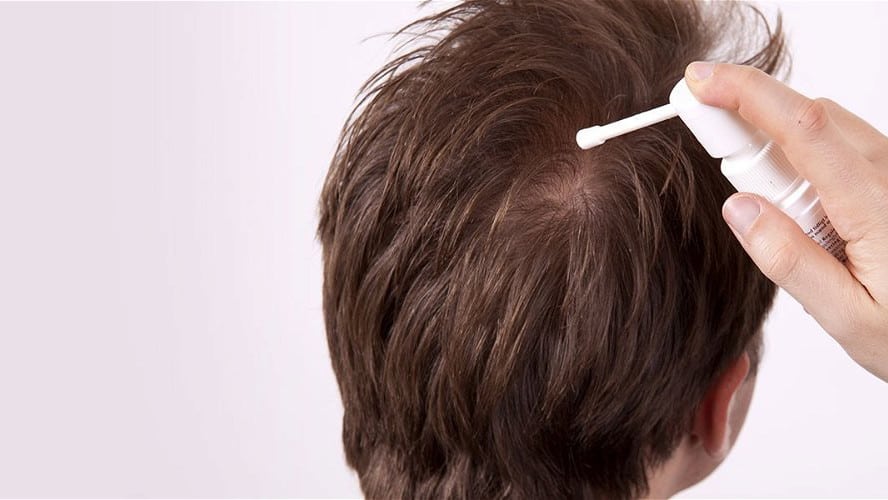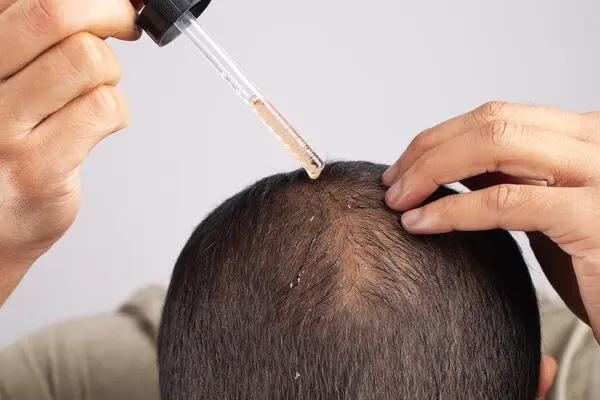MINOXIDIL


What is Minoxidil and What Does It Do?
Minoxidil is a topical application that promotes hair growth. Effective in male hair loss, Minoxidil is the most widely used topical hair growth ingredient.
Also known as;
– Rogaine
Used for water situations;
– Hair growth, baldness
It is a form of the following;
– Pharmaceutical
Minoxidil History
Minoxidil was developed by the Upjohn Company (which later became part of Pfizer) for the treatment of ulcers in the late 1950s. In experiments using dogs, the compound did not heal ulcers, but proved to be a potent vasodilator. Upjohn synthesized 200 variations, including the compound he developed in 1963, called minoxidil. These studies resulted in the FDA approval of minoxidil (tradename “Loniten”) in the form of oral tablets in 1979 to treat high blood pressure.
Upjohn turned to Charles A. Chidsey, Associate Professor at the University of Colorado School of Medicine, when he received permission from the FDA to test the new drug as a drug for hypertension. Two studies were conducted, the second study showing unexpected hair growth caught his attention. Surprised by this side effect, Chidsey consulted Guinter Kahn and discussed the possibility of using minoxidil for hair loss treatment.
Along with colleague Paul J. Grant MD, Kahn took a certain amount of the drug and did his own research, apparently without telling Upjohn or Chidsey. Two doctors were experimenting with a 1% solution of minoxidil mixed with several alcohol-based liquids.
They tried to patent the drug to prevent hair loss, but found that Upjohn had already done that. A decade-long lawsuit between Kahn and Upjohn became involved in the patent in Kahn’s name in 1986 (US Patent No. 4,596,812, Charles A Chidsey, III and Guinter Kahn), and both Kahn and Grant owned the copyrights to the company.
By the way, the effect of minoxidil on preventing hair loss was so clear that in the 1980s doctors were prescribing it to bald patients without a prescription.
. In August 1988, the FDA finally approved the drug under the name ‘Rogaine’ for the treatment of male baldness (the FDA dismissed Upjohn’s first choice Regain as misleading). Although the company said that “the product won’t work for everyone,” it concluded that 39% of men who used it had “moderate to intense hair growth in the top of the head area.” In 1991 Upjohn created the product for women.
. On February 12, 1996, the FDA approved both the over-the-counter sale of the drug and the manufacture of generic formulations of minoxidil. Upjohn responded by halving the price of the prescription drug in 1997 and issuing a 5% Rogaine formula.
. In 1998, a 5% formulation of minoxidil was approved for sale over the counter by the FDA.
. As of 2014, it is the only FDA-approved topical product for androgenic hair loss.
. The drug is available over-the-counter (available only from registered pharmacies) in many countries, including the United Kingdom, Sweden and Germany.
How Does Minoxidil Affect Hair?
Your hair enters certain stages as it develops. In the anagen phase, your hair grows with all its strength. Studies show that 80 to 90 percent of your hair is formed at this stage. On average, the anagen phase lasts 2-6 years. Hair grows continuously in this process. As your hair passes from the anagen phase to the catagen phase, your hair separates from the scalp. Afterwards, the hair goes into the resting phase, or telogen, for a few months.
While Minoxidil shortens the telogen phase of the hair, it prolongs the anagen phase. It triggers the hair to enter this phase earlier.
When minoxidil was used as a topical formulation in the 2-5% concentration range, it was found to be slightly better than 2% at promoting 5% hair growth. Although oral supplementation technically helps with hair growth, it is not recommended due to possible complications related to blood pressure.
Topical application of Minoxidil is highly effective in promoting hair regrowth and can reverse hair loss associated with non-androgenic hair loss.
The biggest truth about Minoxidil; By acting on the hair in this way, Minoxidil supports hair growth, but this only lasts as long as you use the drug. Because it doesn’t get to the root of the problem. The problem itself is related to the hair follicles. If the damage to the hair follicles is not repaired, a permanent solution cannot be provided, and it may even be observed that the situation worsens than before.
When the use of Minoxidil (Minoxidil) is discontinued, hair loss rates return to normal within 4-6 months and the appearance of the bald area/region may regress.
Free Consultation
Thinking about hair treatment options possible for you?
You can get a Free Online Consultation session with our professional team right now!


